[Series] I Want to Ride Inamura Jane (3) - In Search of Keisuke Kuwata's "Summer" -
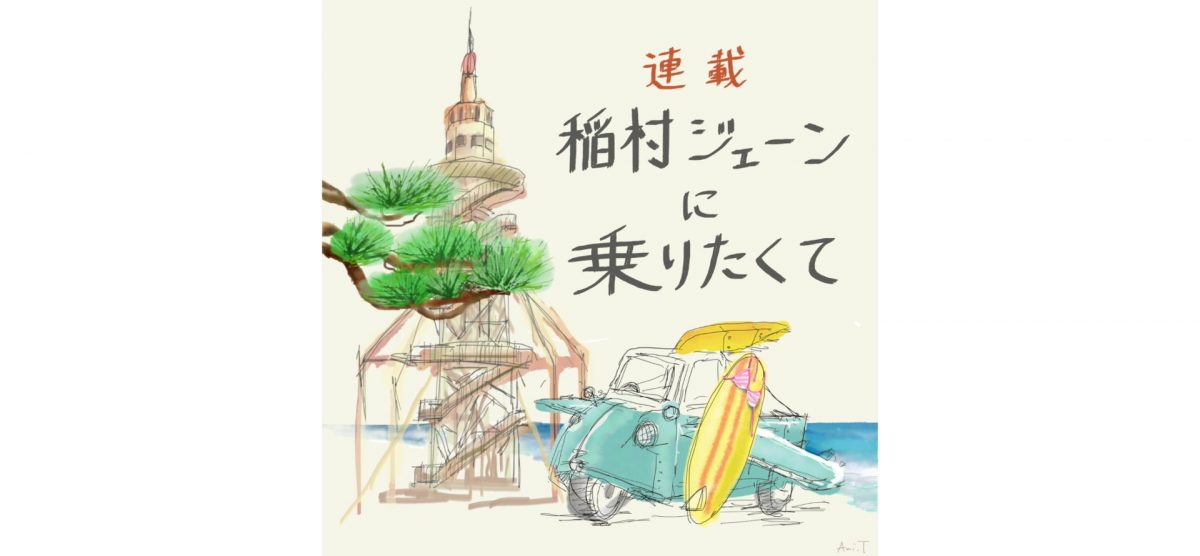
This series celebrates that occasion and is also a challenge to pursue "the original landscape of Shonan as seen by Kuwata."
Was your summer hot? Or short? (Author)
"Autumn has awakened"
Whenever I think of these lyrics, I feel like our summer starts in September. By the way, Inamura Jane was also released on September 8, 1990. How many times has it happened since that day?
But why does Chigasaki's summer suit autumn so well?
Already, the Sui and Tang dynasties monk Doshaku Zenji responded to the question, "Why is Amida Buddha's Pure Land in the West?" by explaining that the West is the direction where the sun sets and the place where it sets is called death, and that the place where death returns to is the Pure Land. The overlapping of the end of summer with the end of life may also be the work of human emotion.
Our summer of seeking "Jane," which began on June 25, 2021, is coming to an end.
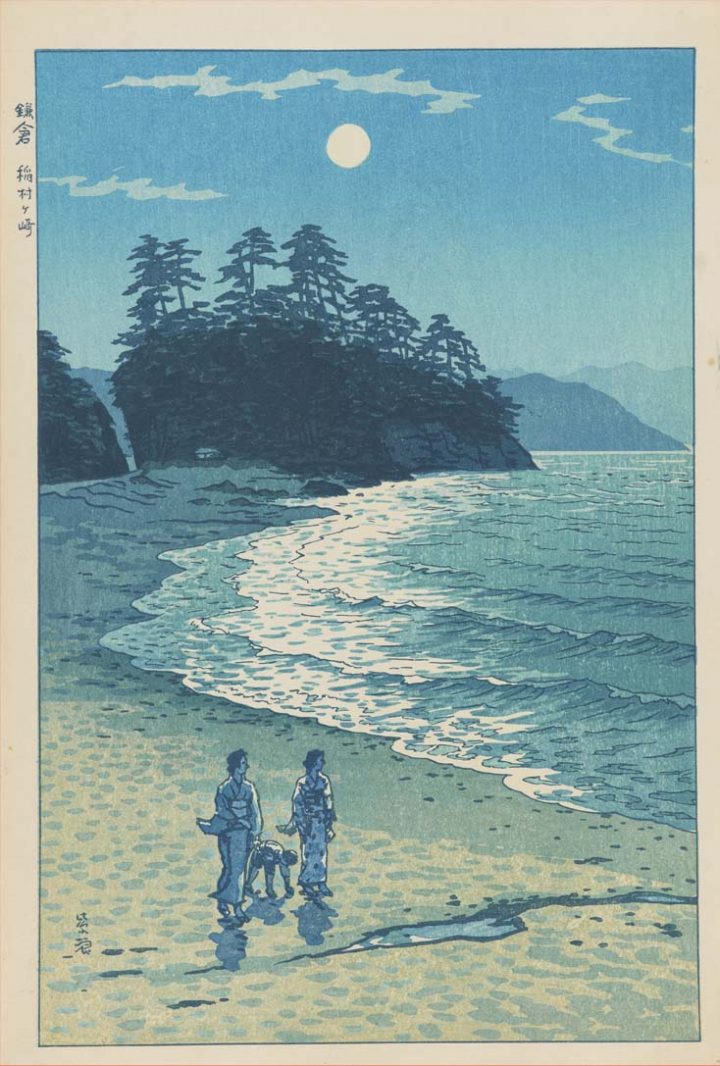
1) As a theory of others
Oz: It's been a while, Professor! Uh...
Ami: What? Teacher?! Why are you wearing white tights and in the shape of a swan?!
Professor: Yes, I'm thinking about my next job. I want to be an "exposure-seeking entertainer."
Ami: Wow, sensei, that's so emotional...
Oz: (I feel like I've heard that line somewhere before.)
Professor: Okay guys. Let's check the answers for this summer. Why do you think there are so many funny things happening in the daily lives of comedians? The free talk topics we see and hear on TV, the things that would never happen to us, the funny things that happen on a daily basis.
Oz: I guess if you live the life of a comedian, funny things are more likely to happen, right?
Ami: It's like they live in a different world than us...
Professor: Is that really so? I think they just keep their "comedy antennas" up at all times, and are professionals who catch the "funny" in the same world and everyday life as us.
[Research Note 1]
This research (series) began as an attempt to contemplate the waves that are not specifically shown in the film "Jane" and to search for the "summer" within Kuwata Keisuke.
At first glance, this work may seem like a simple film review, but it is not. It is practical research to get closer to the real image of "that summer" that springs from "Shonan," an area name that does not have an address, and that is in everyone's hearts.
Kuwata states, "There is a scene where she (Namiko, the author) scolds the stray surfer Hiroshi. She says, 'There's no point in floating on a calm ocean, keeping other people away from you.' Her line is that instead of just floating on small waves and trying to keep your balance, sometimes you have to know the danger and catch a big wave." (With, October 1990) Thus, she takes the position of the heroine.
The catchphrase of the protagonist Hiroshi in the film is, "Because we are strangers." Yes, the key to this film is the relationship with "others."
When we try to find ourselves, we cannot confirm ourselves if there is no "other" there. If I existed alone in this world, would I be able to recognize "me" at that time? (No).
And when we reflect on ourselves, we become pseudo-"others." Just like when we think, "Ah, I want to sleep now," there is a certain distance between the "me" that we are thinking about and the "me" that we are thinking about.
Ami: I guess it means looking at it from a bird's eye view?
Professor: That's right. If we imagine that the comedian we talked about has a self, I think he looks at the world from a "funny perspective" that is a little distanced from that self.
Oz: So... is it okay to say that Jane is "someone else"?
Professor: Yes, that's the first thing I want to think. When Kuwata-san talks about "Inamura Jane," he mentions several films, but I think it's especially clear when you watch Jim Jarmusch's "Stranger Than Paradise" (1984, USA) and "Bagdad Cafe" (1987, West Germany). To me, it seems like 90% of the film is about the relationship with "others." However...
Ami: But?
Professor: There was another film that he mentioned, not in a very positive way, but which has stuck in my mind ever since.
Oz: What do you mean?
Professor: It's the French-West German co-production "Wings of Desire," released in 1987.
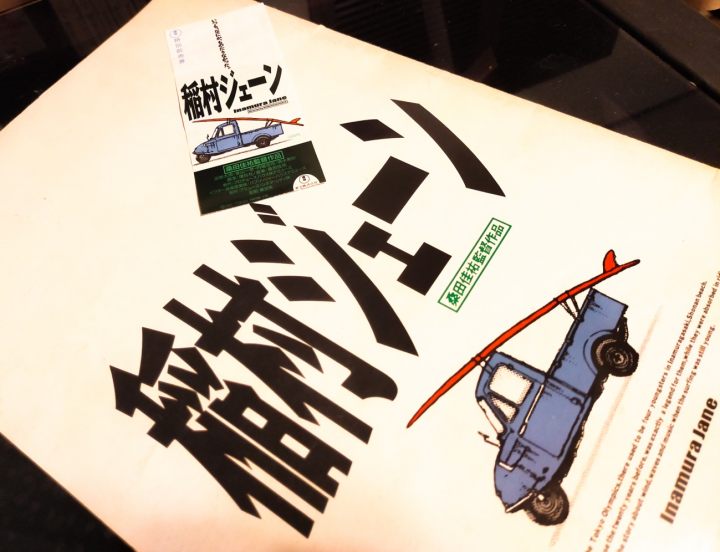
2. A Gaze from Another World
[Research Note 2]
When asked what type of movie he would like to make, Kuwata replied, "I like lazy, low-key things.
"It's in black and white, there aren't many lines, and it's a twisted film. It's like the ultimate surf movie with a different perspective." (FM fan, April 1989)
Initially, he has said, "It was like 'Stranger Than Paradise.' Back alleys, back streets..." (ibid.) and "At first I was aiming for a modest film like 'The Stranger...' where the main characters don't call each other by their names. It's just a slice-of-life film with one scene after another." (Weekly Playboy, August 1990), which suggests that he had a highly artistic initial plan in mind.
Also, in relation to the use of monochrome colors, one comment that is worth noting is, "These days, office ladies and students will dress up and go on a date to see 'Wings of Desire'. When we were kids, it was things like 'Joey'. That just shows how sharp the viewers' antennae have become." (Can Can, June 1989)
This was a comment in response to "Love Song to the Goddesses (Beyond the Unreported Y-Shape (K))," asking whether Southern could do something more esoteric, but it is worth noting as a connection to the film production that was already underway.
The film "Wings of Desire" is a worldwide hit that depicts the angelic perspective (the underworld), which humans cannot see, in black and white, and the human perspective/world (the visible) in color.
In Japan, the idea of the underworld became clear from the Middle Ages. We humans can usually only see the visible world. However, this is a worldview that believes that an underworld actually exists, and that gods, Buddhas, and the dead there influence the visible world.
Professor: Actually, a professor in Kobe pointed this out to me this summer.
Oz: Oh, did they scold you for getting too cocky?
Ami: (Oz, that's not okay. The teacher is too sensitive...)
Professor: Wow, that was an eye-opener. I told you that the movie doesn't even have any surfing scenes, let alone waves.
( ※Series 1 ) There is one place.
Ami: What, were there any big waves on film?
Professor: I hurriedly checked "Document of Inamura Jane" again, and sure enough, Jane was in it. It was a scene of Kuwata himself, standing on a rocking crane from the sea side, taking pictures of the shore with a camera. That's right, in other words, we were being shown the state of the shore (this world) from Jane's point of view.
Oz: I see! So Jane did appear in the film, even though it wasn't a picture of a wave named Jane.
Professor: Yes, that's when I realized. Jane was a gaze from another world!
Ami: What do you mean by other world?
Professor: You mentioned the word "others" earlier, but "others" don't just mean other people. Although we may not be able to see them, gods, Buddhas, and the dead are also "others."
Oz: I guess it means someone other than yourself.
Professor: Yes, the important thing here is the movie "Wings of Desire." In this movie, angels (the dead) who continue to live as eternal life stand beside the living and look at this world with melancholy expressions. Because angels are in eternity, they cannot enjoy the moment of "here and now." They can see the joys and pains of love that were buried and unnoticed when they were alive. They can tell us the rarity of each moment, the wonders of this world, and the precious extraordinaryness through the eyes of the dead. I think this gaze from the other world is what Kuwata wanted to show us through Jane.
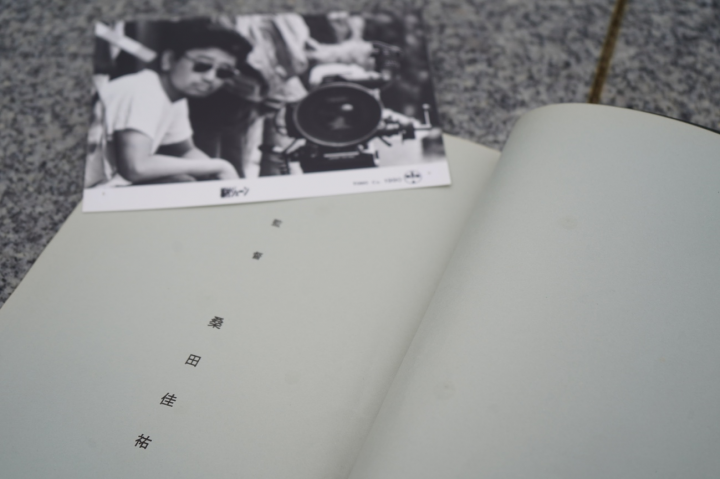
3) The gap between youth and adults, and between life and death
[Research Note 3]
In an interview, Kuwata said, "But young people, no matter the era, are always waiting for something. People who have the wisdom to start something on their own are not young." (Josei Seven, September 1990)
When we want to ride a wave, we either have to notice the wave that arises and ride it, or we have to make waves ourselves. If we interpret Kuwata's previous words, an adult is someone who can make waves with their own power.
As mentioned in the second installment of the series , big waves rarely come in life. And when you're young, you don't even notice the ripples of everyday life. Producer Akira Morishige quotes Kuwata as saying, "Youth is when you encounter your own wave and you can feel it with your body." (ibid.)
In other words, we live in between youth and adulthood in our boring daily lives. And as long as we feel the waves, we can stay young forever. 99% of our daily lives are boring, but we can still look for something interesting and keep dreaming.
Jane also teaches us the coincidence of this moment, the wonder of life. "The ocean is trying to tell me something, the answer. But there's no way I could know that (laughs)" (Heisei NG Diary, June 1992), Kuwata says, leaving the answer up to the ocean (waves). But by encountering the irreplaceable answers (waves) of each moment, the boring, eternal days of youth are affirmed.
Professor: At first, I didn't understand the meaning of the climax in which demons and monsters appear.
Ami: You'd think, "Dance!"
Professor: But this summer, I finally came up with my own interpretation. Including the picture from Jane, there is a gaze from the other world. This is very similar to Zeami's technique. The phase transition in his Noh is "mai." In technical terms, it is called "riken no ken" (view of the other world), and it is the part where the gaze from the other world is entered.
Oz: Hiroshi no longer says, "Because we are strangers," but is instead enjoying the joy of living with others.
Professor: By the way, there is a white sandbar between the Noh stage and the audience seats, and a pine tree is painted on the board (mirror board) at the back. It's Shonan, isn't it? (laughs) Kuwata said on a TV program that he was interested in the climax, "Japan's Rio Carnival, the madness between life and death" (Inamura Jane Special! Kuwata Keisuke Talks - A Story of Wind, Waves and Music), and that because the story is set in Kamakura, he wanted to express "the sense of distance that sometimes affects real life, where supernatural creatures have a certain influence" (ibid.).
Ami: That's the scene where the antique shop owner dies. I feel like the wave of the master's generation subsided after 20 years at that point. And then the wave of Hiroshi's generation, who said, "It's the same as the master's big wave," began...
Professor: Those waves that came and went over two generations are Nami-ko, and Jane's true identity.
Oz: Well done, Professor! You made it there!!
Ami: Thank you for your hard work!
Professor: Well, next summer has begun. I'm going to announce the assignment.
Both: Eh? Are we doing something again?
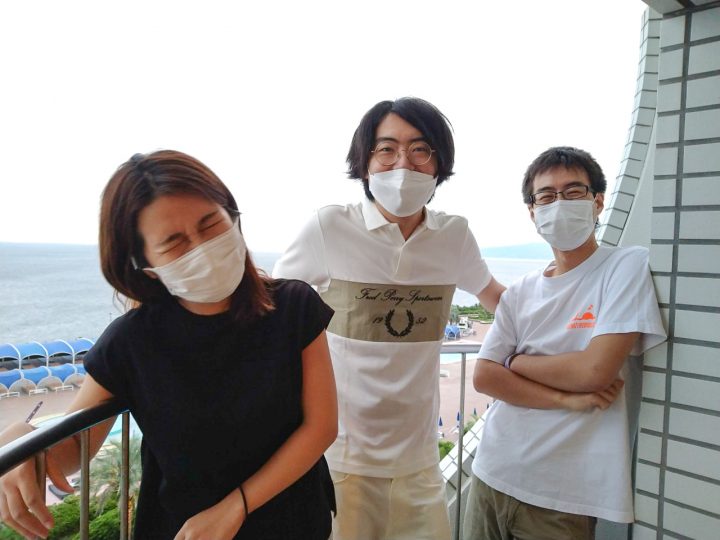
*This story is fiction.
Conclusion: Like Jane, the Ebb and the Flow
While I was writing this article, the new departure melody for Chigasaki Station on the JR Sagami Line, "Umi Sono Ai," produced by Shonan Rock 'n' Roll Center AGAIN, of which I am the representative, has begun to be played on the station platform.
Although it is a song by Yuzo Kayama, thanks to this series I have come to a new interpretation of the lyrics by Tokiko Iwatani, which begin with "Embraced by the sea."
If we think of the other world as the ocean (waves), we can think of it as "all life." "Embraced by the ocean" means that we are alive and supported by "all life" that has existed until now and continues to exist today. And one day, I too will return to that great ocean.
A story of life that ebbs and flows. I am grateful to be part of this unbroken history. It's a miracle that I'm alive in 2021, the year when Yuzo Kayama and Keisuke Kuwata released new songs! It's the best.
Thank you, Kuwata-san, for letting us, the Heisei generation, watch the movie "Inamura Jane" and for letting us say, "It was hot, but it was a short summer!"
Written by: Shaku Junsei (Chairman of Shonan Rock'n'Roll Center AGAIN, Buddhist scholar)
Born in 1989 at a temple in Chigasaki City. Specializes in Japanese Pure Land Buddhism and Japanese intellectual history. In commemoration of the 40th anniversary of Southern All Stars, Shinko Music published a book summarizing the Chigasaki sound culture of artists such as Keisuke Kuwata, Yuzo Kayama, Kunihiko Kase, and Kiyohiko Ozaki, entitled "Our Chigasaki Story: The Genesis of Japanese Pop Music, Chigasaki Sound History."
He currently serves as the main DJ for "Shonan Rock 'n' Roll Center RADIO" on Kamakura FM every Monday from 22:10.
Official site: https://www.srcagain.com/
Editorial Support:
Ami Tazaki
Daiki Ozawa
(Shonan Rock'n'Roll Center AGAIN Researcher)
I Want to Ride on Inamura Jane (1) - In Search of Keisuke Kuwata's "Summer" - here
I Want to Ride on Inamura Jane (2) - In Search of Keisuke Kuwata's "Summer" - here



